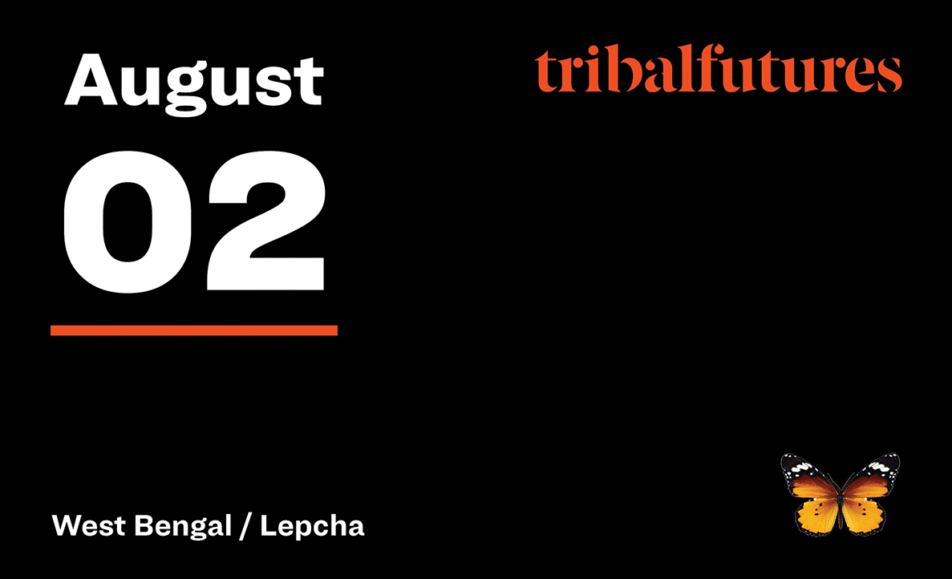
Arak Sangma, a designer deeply rooted in Garo culture, will deliver a 30-minute online presentation on his work revitalizing the traditional clay art of the Garo Hills. In this session, Sangma will discuss how he brings to life the rich stories and oral traditions of the Garo community through his clay creations. He will explore the cultural significance of this art form, which has been passed down through generations as a way of connecting with the land and expressing the community’s identity. Sangma will share his experiences and techniques in working with local clay, highlighting how he infuses traditional motifs and narratives into his designs. He will also address the importance of preserving and promoting this unique cultural practice in the modern world. The presentation will conclude with a 30-minute Q&A, allowing attendees to delve into the intricacies of Garo clay art, its role in cultural preservation, and the challenges and rewards of sustaining traditional crafts.



